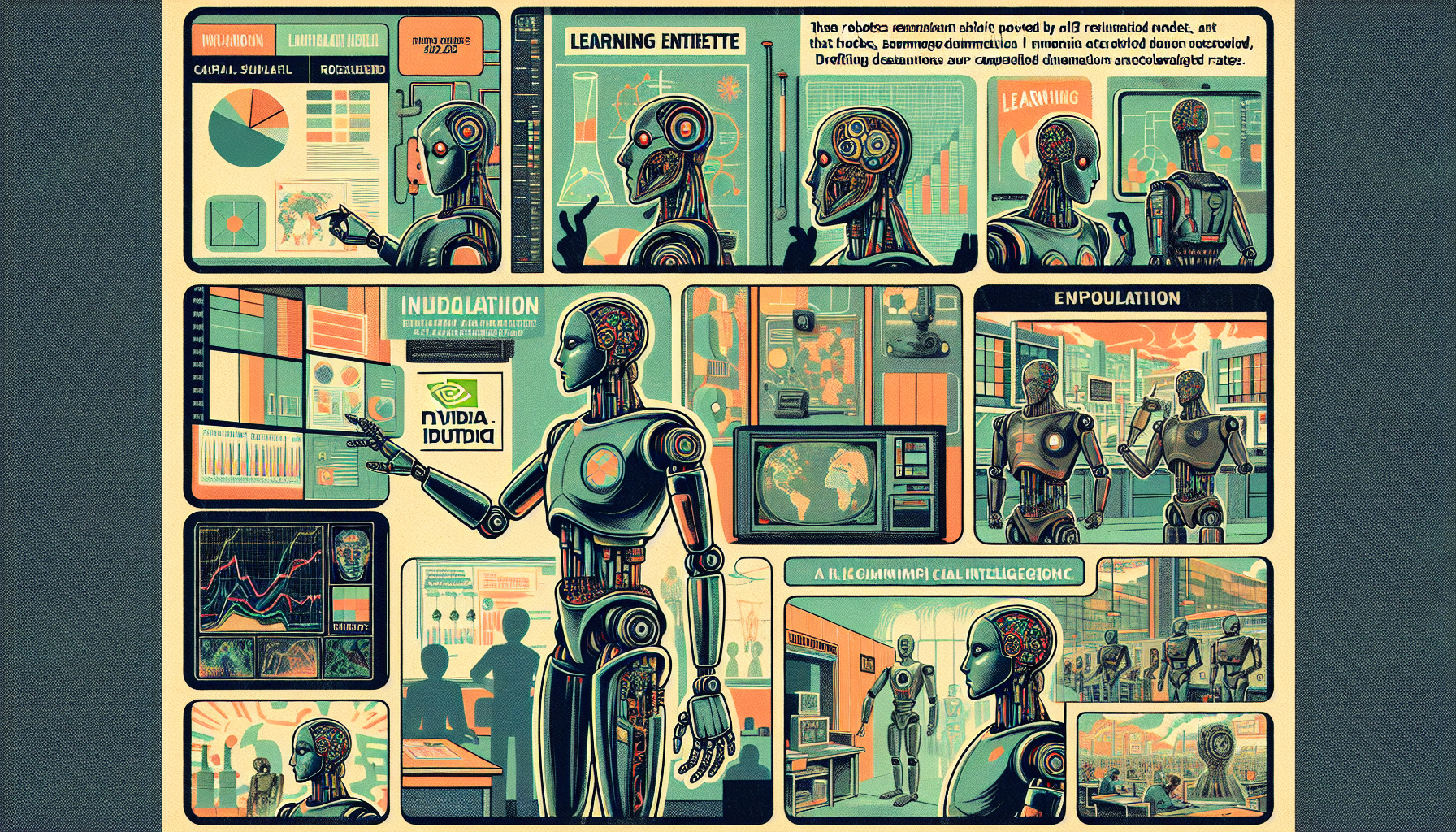The world of 2025 is witnessing a turning point in robotics. Powered by advanced artificial intelligence, humanoid robots are moving beyond science fiction and into the heart of our industries. These new robots are not just adapting—they are learning from us and from each other at astonishing speeds, thanks to breakthroughs like NVIDIA’s GR00T N1 AI model. By combining human demonstrations with simulated experiences, these robots can master complex tasks faster than any human could teach them.
How AI Robots Are Shaping Industries
Manufacturing and Logistics
Factories and warehouses are feeling the impact first. Robots like Agility Robotics’ Digit now handle repetitive, physically demanding tasks, such as stacking boxes and sorting goods. By taking over these duties, robots are helping companies lower costs and improve efficiency. New entrants—including Dobot, Noetix, Kepler, and EngineAI—are introducing robots with advanced dexterity and real-time decision-making, making their way onto assembly lines worldwide.
Healthcare
AI is already transforming medicine, with diagnostic tools that sometimes surpass human doctors. Soon, humanoid robots will play a larger role, assisting with patient care and even delicate surgeries. Their ability to learn continuously could lead to more personalized, precise care and faster recovery for patients.
Retail and Customer Service
The retail sector is preparing for a new era where humanoid robots assist customers, manage inventory, and even handle checkout. As these robots master communication and problem-solving, they promise to make shopping smoother and free up workers to focus on creative, higher-value tasks.
Technological Breakthroughs
- True Autonomy: Generative AI is enabling robots to learn and adapt to new situations on their own, without scripted instructions. Innovators like Figure.ai and Sanctuary.ai are giving their robots the ability to thrive in messy, unpredictable settings—just like humans do.
- Robotics-as-a-Service: Advanced robots are now available through subscription models, so businesses can deploy them without huge upfront costs. This opens the door for smaller companies to access powerful new tools once reserved for giants.
Uniting Forces for Progress
Rapid progress owes much to collaboration. Partnerships between leaders like NVIDIA, Google DeepMind, and Disney Research are merging AI, physics, and human-centered design to create robots that move and think like us. Meanwhile, Boston Dynamics (maker of Atlas) and Tesla (with their Optimus robot) work to close the gap between machine and human ability, making each new generation of robots more agile, precise, and robust.
Challenges on the Horizon
- Ethical Dilemmas: As robots become more capable, society faces important questions about safety, privacy, and jobs. Regulators are racing to catch up, ensuring that rapid progress does not come at the expense of fairness and security.
- Mechanical Limits: While artificial intelligence is advancing quickly, the physical parts of robots—like sensors and motors—still fall short of human flexibility and resilience. Overcoming these limits will require continued innovation.
Looking Forward
By 2027, experts believe that humanoid robots will be a regular sight in factories and warehouses. Gartner and other industry analysts predict that ongoing AI improvements will drive this transition, helping robots take on an even broader range of jobs across sectors. In this changing landscape, human guidance and strong ethical frameworks will be more essential than ever.
As AI-driven robots step into new roles, the story of industry, care, and daily life is being rewritten. The journey is far from over, but the direction is clear: machines and humans are learning to work together in ways we could only imagine a decade ago.
For additional perspectives, see the TechNewsWorld analysis.

Leave a Reply